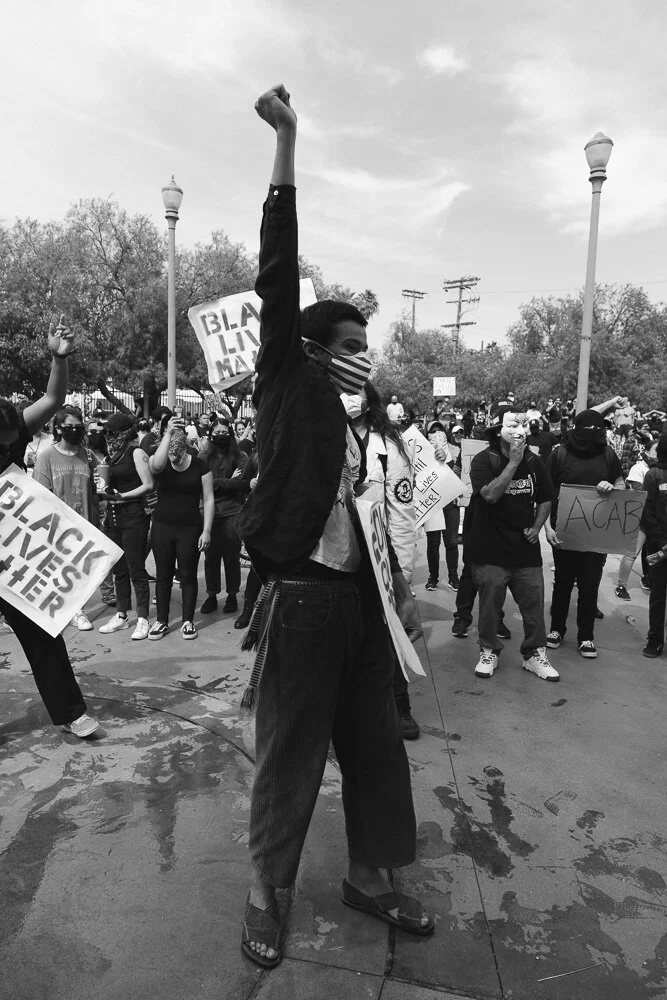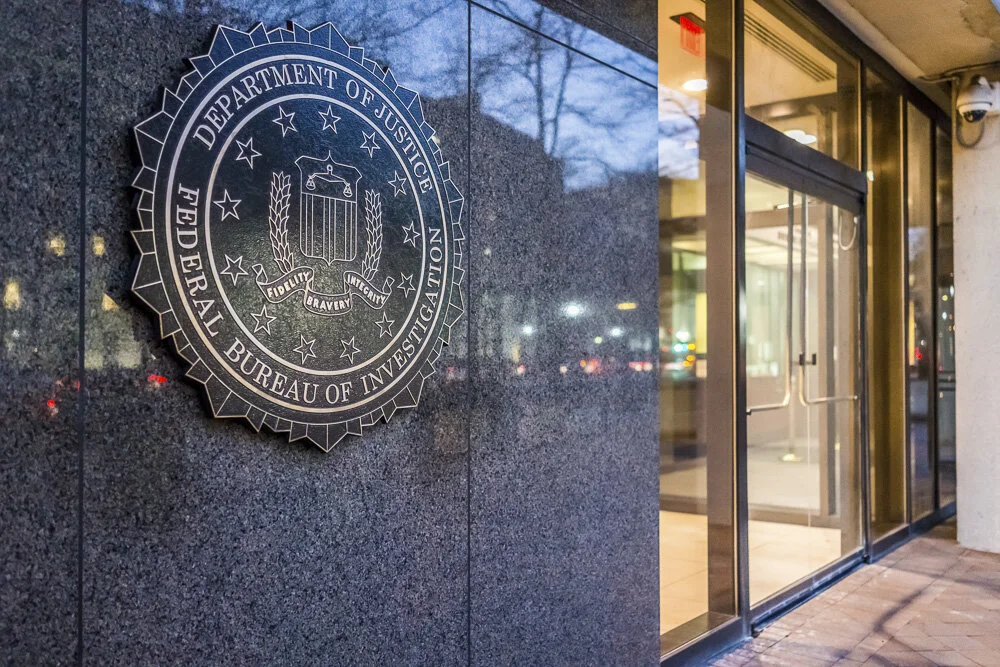This N' That: Yesterday, Today, and Tomorrow
Photo by Wiki Commons
Curator receives mixed support for tweets on how to damage bronze statues
Curator at the Royston and District Museum and Art Gallery in Hertfordshire, Madeline Odent, has sparked debate over her series of tweets to her personal account this week. As Black Lives Matter demonstrators destroyed a statue of slave trader Edward Colton in Bristol, and memorial statues nationwide come under scrutiny, Odent’s posted the following tweet: “From an art conservation perspective, it’s honestly fine to throw paint on memorials of genocidal racists! Paint is pretty easy to clean off. What would be an absolute shame is if people were to throw certain common household items that can cause irreversible bronze disease… Because like, if somebody were to, idk, throw a ton of tomatoes at a bust of a genocidal racist, nobody would probably notice the chemical reaction until it was too late to save the artefact.”
Odent has received both support and criticism from the art world. Tony Butler, the executive director of Derby Museums, tweeted that “you [the council] should be proud of the work of your museum’s curator. She has carried out brilliant work to make your museum inclusive… clearly her comments were intended as a joke. Your disassociation just gives succour to racists and bigots.” However, others have criticized Odent’s posts. One Twitter user questioned “how a curator could possibly recommend the destruction of objects.” Odent’s Twitter account was locked and subsequently deleted and Hertfordshire police currently looking into this matter along
Photo by Kristina Blokhin - stock.adobe.com
Fugitive art dealer is found on Pacific Island and brought back to the US
London and Miami-based art dealer Inigo Philbrick, who has been on the run since October, was arrested on the South Pacific Island of Vanuatu and charged with running a multi-year scheme to defraud various individuals and entities for more than $20 million. Philbrick allegedly made material misrepresentation and omission to art collectors to access art and obtain sales proceeds, and knowingly misrepresented the ownership of certain artworks. For example, he sold a total of more than 100% of ownership of an artwork to multiple buyers without their knowledge, used artworks as collateral on loans without the knowledge of co-owners. In mid-October, when Philbrick defaulted on a $14 million loan and investigators began to wonder where their money went, Philbrick allegedly fled the country and has been living in Vanuatu ever since.
FBI NY Joint Major Theft Task Force/Art Crime Team worked diligently to track down Mr. Philbrick and has brought him back to the US, and he is due to appear in federal court today. The complaint charges him with one count of wire fraud, with a maximum of 20 years in prison, and one count of aggravated identity theft, a mandatory sentence of two years.
Photo by Mike Von on Unsplash
Photojournalists are asked to hide faces of demonstrators
Photojournalists have been urged to hide faces of demonstrators as authorities are expected to collect and use that information. Resources are offering tips on how to hide faces and scrub metadata from protest photos. According to Poynter.org “Legally, there’s no question — when protesters are in public spaces engaged in newsworthy activity, visual journalists are well within their rights to document them. But protesters fear potential retaliation when images become public.”
This article has sparked a conversation in the photojournalism world. With the preponderance of surveillance cameras in everyday life, some are questioning whether the concern about law enforcement organizations using images for nefarious purposes is a threat. In a separate post, photojournalist Yunghi Kim claimed: “The headline is as misguided as the piece is for it implies an acceptable line of censorship by suggestively asking ‘Should they?’”
Photo by Portuguese Gravity on Unsplash
Fuji releases new software that turns cameras into webcams.
The circumstances of Covid-19 have taught us that many traditional office workers can successfully work from home, causing high demand for webcams for essential communication. To satisfy this demand, Fuji has launched Fujifilm X Webcam software for windows. With the assistance of a USB cable, this software allows you to turn Fuji cameras into webcams for use with your computer, for results that are better than the standard USB webcam.
Reportedly, more manufacturers are adding USB streaming support to their cameras and even coming with that availability out of the box, causing either a lot of webcam manufacturers to lose sales or forcing them to step up their game. USB webcam technology has failed to develop an affordable and quality product. Even the best of them aren’t much better than an old smartphone. Through the new software, users will be able to do all of the previewing and switching easily on the computer through applications without any additional hardware. However, one frustrating side effect is that some devices may begin to feel redundant for live streamers.











